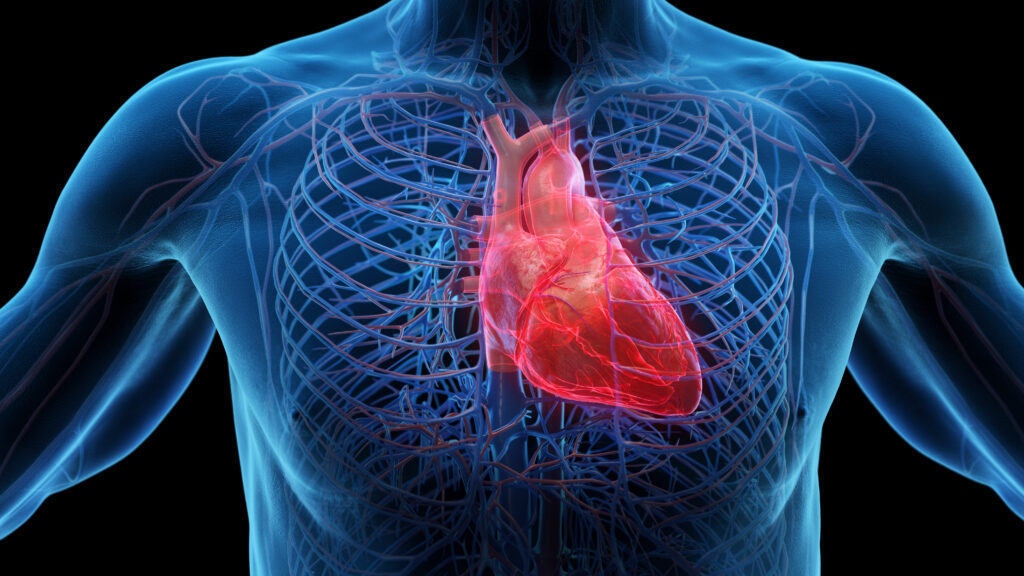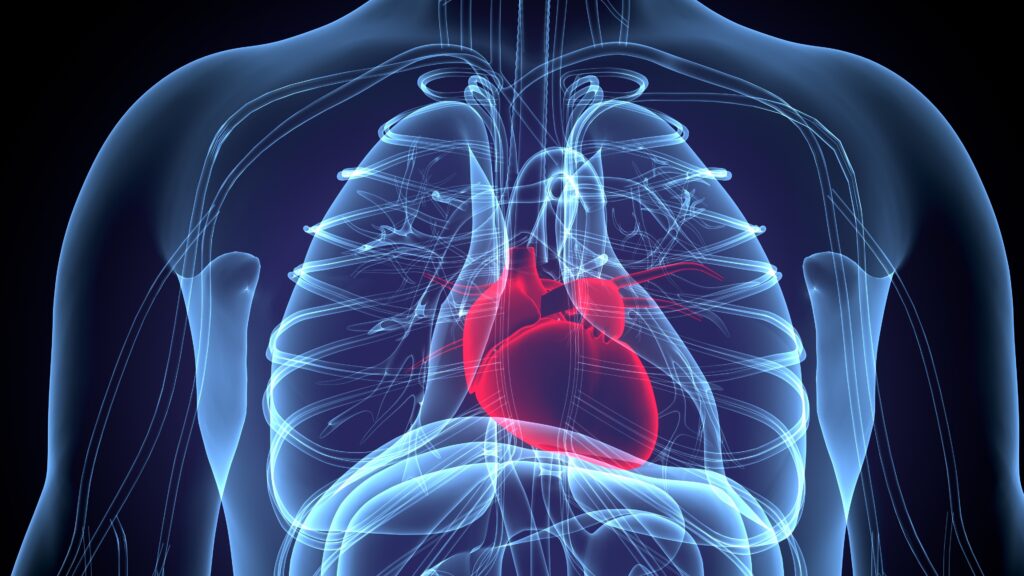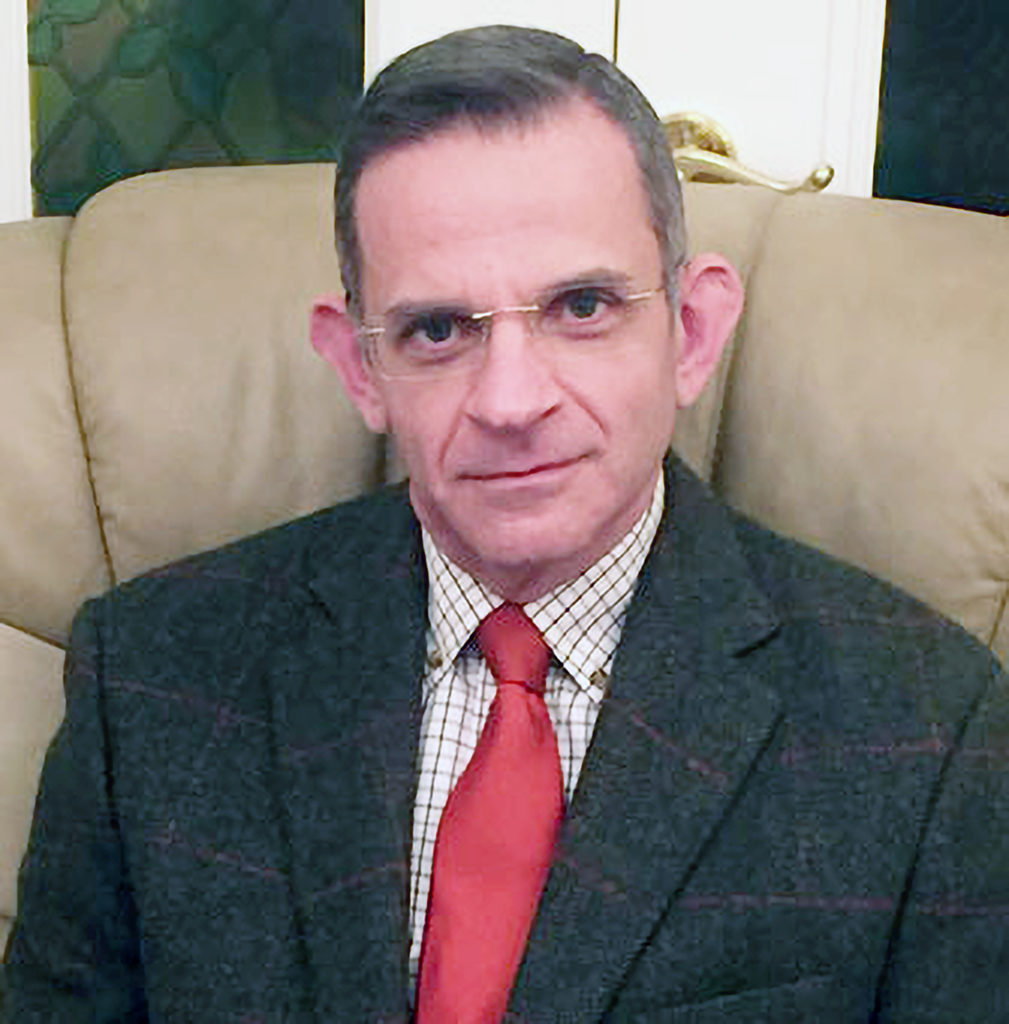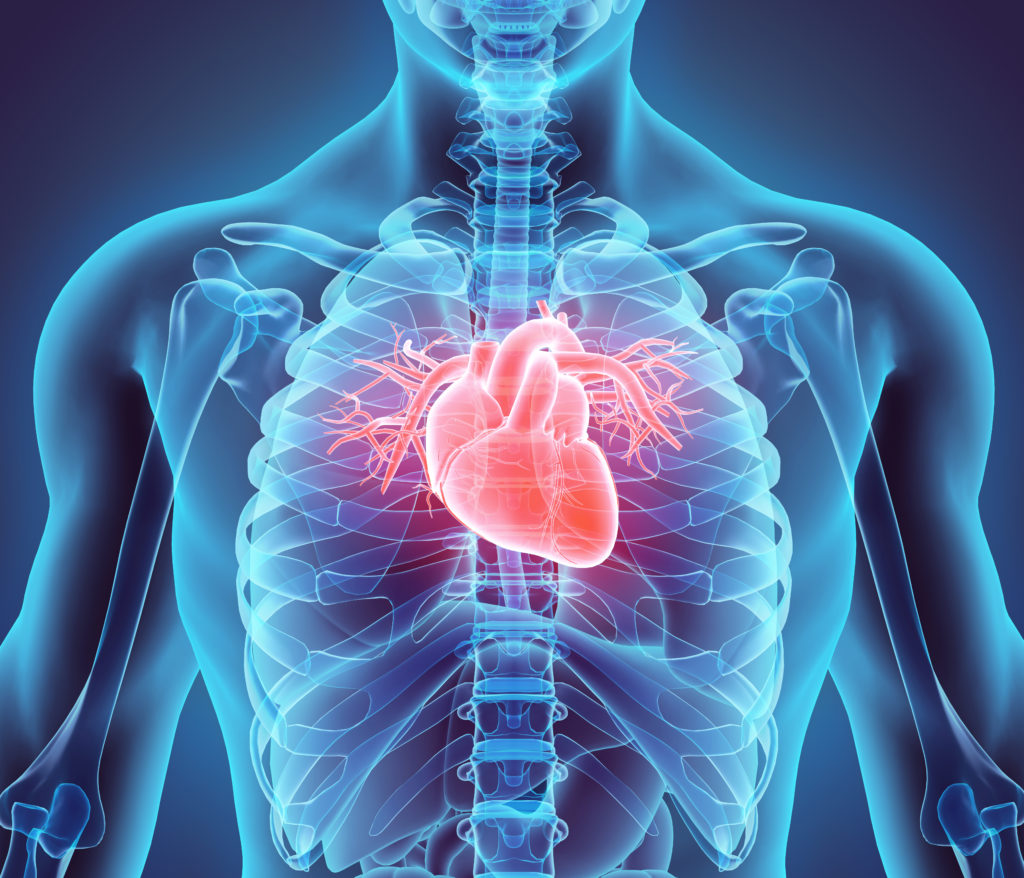Background: Implantable loop recorder (ILR) implants are increasingly done in an outpatient setting by different disciplines. A key component of the implant is the closure of the wound with the scar appearance often the only reminder of surgery. Several techniques for wound closure exist; sutures, staples, glue, and wound closure strips (WCS). Our service has utilised WCS for 5 years. These are porous surgical tape strips which are applied across the wound, pulling the skin on either side of the wound together avoiding the risk of tight or loose sutures, micro damage to the skin and needlestick injury to the operator. Post-COVID-19 pandemic a new process was adopted utilising a two-room model for implant to comply with local COVID-19 restrictions, with a virtual follow up and a wound image review for ILR patients. We sought to review our current practice of wound closure method to critique any complications or wound appearance.
Methods: This is a single centre, retrospective audit of ILR wounds closed with WCS. The wound was assessed by pre-defined criteria: device infection, presence of haematoma, keloid/hypertrophic scarring, device erosion, skin puckering and need for medical review of wound. The wound photos were reviewed by a group of ILR implanters. The study was approved approval from the hospital Clinical Effectiveness Unit (Ref 10849).
Results: 140 consecutive patients’ (51% F, age 55 ± 17) wounds were reviewed with the photo occurring 46 ± 33 days post implant. No device infections, hematomas or bruising were reported. 4 (3%) patients wounds were escalated for review, of these: 1 (0.7%) device was explanted and re-sited due to pre-erosion at the scar site; 1 device was explanted due to pain from the device site with no aesthetic compromise. One incomplete skin adhesion and 1 further patient with pain from the device site, which were both managed conservatively. Keloid/hypertrophic scarring were present in 5 patients (4%), and skin puckering was seen in 1 patient (0.7%). Of these patients there was no difference in age, gender, or operator.
Discussion: There is no published literature on wound closure for ILR procedures. Guastafierro A., et. al. 2020 assessed a similar incision for carpel tunnel syndrome in a single centre study using WCS vs sub cuticular sutures. There was no difference between either group in terms of scar appearance or pain, but WCS was a more cost effective method. Our cohort of patients also reported keloid/hypertrophic scars in only 4% of patients, which is lower than expected for surgical procedures, which could be explained by the small incision site in combination with closure method.
Limitations/Recommendation: Long-term wound maturation was not assessed due to only one photograph being received; this limits assessment of scar maturation and whether keloid or hypertrophic scarring was more prevalent. Standardizing wound assessment was a challenge as intervention was delivered and assessed by implanters. Recommendations could include an independent wound review and a wound assessment tool (Stony Brook Scar Evaluation Scale) to quantify appearance.
Conclusion: WCS for ILR implants produces a low complication rate with good cosmetic appearance. This evidence can be a baseline standard for ILR implanting services.














